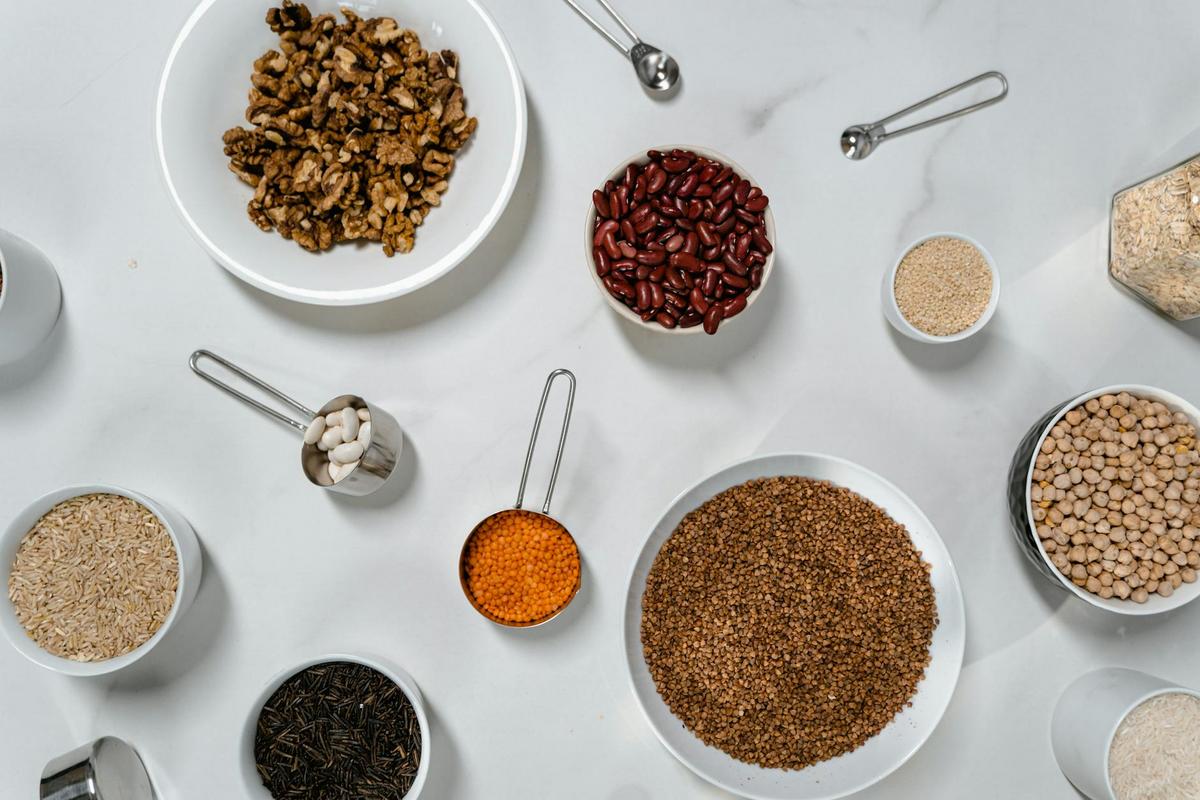With the increasing awareness of health and environmental issues, more people are gravitating towards plant-based diets, and among them, the flexitarian approach is gaining significant popularity.
The concept of a flexitarian diet is simple: it’s a flexible approach to eating primarily plant-based foods while allowing occasional consumption of meat or fish. This dietary pattern is appealing for its balance, allowing individuals to reap the health benefits of a plant-based diet without the strict limitations often associated with vegetarianism or veganism.
Why Flexitarian Eating is on the Rise
One reason for the increased interest in flexitarian diets is the mounting evidence supporting the health benefits of plant-based eating. According to a study published in the Journal of Nutrition, individuals who follow a predominantly plant-based diet have a lower risk of developing chronic diseases such as heart disease and diabetes. Additionally, the environmental impact of reducing meat consumption is significant, as livestock farming is a major contributor to greenhouse gas emissions.
Expert Opinions
Nutritionists like Dr. Michael Greger emphasize the importance of incorporating more plant-based meals into our diets for overall health improvement. He suggests that even small changes, like having one meat-free day per week, can lead to noticeable health benefits.
Statistics Supporting Plant-Based Diets
| Health Benefit | Percentage Reduction |
|---|---|
| Heart Disease | 32% |
| Type 2 Diabetes | 23% |
| Obesity | 20% |
| Inflammation | 18% |
| Mortality Rate | 15% |
| Cancer Risk | 12% |
| Blood Pressure | 8% |
| Cholesterol Levels | 7% |
Personal Experiences
Take Emilia, for example, a busy professional who decided to adopt a flexitarian lifestyle. She found that by planning her meals ahead, she could easily incorporate more plant-based dishes into her routine, leading to increased energy levels and better digestion.
How to Start a Flexitarian Diet
- Start Small: Gradually reduce meat intake, perhaps by trying “Meatless Mondays.”
- Explore New Recipes: Experiment with plant-based recipes that are both satisfying and nutritious.
- Focus on Whole Foods: Prioritize fruits, vegetables, grains, and legumes over processed plant-based alternatives.
Pro Tip: When dining out, look for dishes that can easily be made vegetarian by substituting meat with extra vegetables or plant-based proteins like tofu or beans.
Additional Resources
For those interested in learning more about plant-based diets, websites such as Harvard Health Publishing provide comprehensive guides and tips on maintaining a balanced diet. Additionally, many online communities and forums are dedicated to sharing recipes and experiences related to flexitarian eating.
FAQs
What is a flexitarian diet?
A flexitarian diet is a flexible eating style that emphasizes plant-based foods while allowing occasional meat and fish consumption.
How can I transition to a flexitarian diet?
Start by incorporating more plant-based meals into your weekly routine and gradually reducing your meat intake.
Is a flexitarian diet healthy?
Yes, it can be very healthy as it encourages the consumption of fruits, vegetables, whole grains, and legumes, which are beneficial for overall health.
Does a flexitarian diet help the environment?
Yes, reducing meat consumption can lower your carbon footprint and decrease the demand for livestock farming, which is a significant source of greenhouse gas emissions.
Conclusion
In summary, the flexitarian diet is an appealing option for those looking to improve their health and reduce their environmental impact without committing to a fully vegetarian or vegan lifestyle. By making small, manageable changes, anyone can benefit from this balanced approach to eating. Why not give it a try and discover the potential benefits for yourself?




Leave a Reply